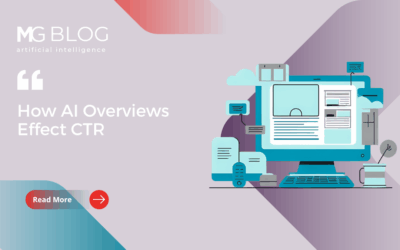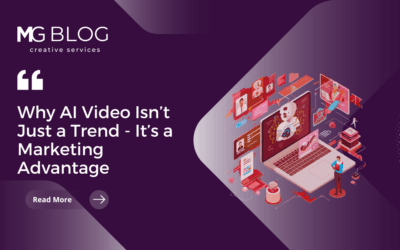The federal government is about to undergo its largest digital transformation ever. That’s not hyperbole, and it is likely that every American citizen will notice the difference.
The legacy IT problem within the federal government is well-established, with billions upon billions of dollars spent annually on simply maintaining old technology. Across the federal government, nearly 80 percent of all IT budgets are spent on legacy technology. Within some agencies, that number is nearly the entire budget. The Army Corps of Engineers, for example, spends 96 percent of its half-billion-dollar IT budget on legacy technology.
Thankfully, change is coming. Many agencies have already begun shifting to the cloud, some with more success than others. The CIA, for example, has received much acclaim for its partnership with Amazon Web Services (AWS) to stand up its Commercial Cloud Services (C2S) region, including a 2017 GCN Dig IT award. In November, AWS and the CIA made another announcement, launching a Secret Region for cloud, with even more protections for sensitive and classified data.
Together, they reveal why every agency should move its existing IT infrastructure to the cloud — it costs less and it’s more secure. While these are important goals for the government, many chief information officers (CIOs) have begun to beat a different drum when it comes to cloud.
During a recent FCW roundtable of federal CIOs, the group agreed that the biggest benefit of the cloud is the ability to develop entirely new ways of delivering on an agency’s mission. As one CIO told FCW editor Troy Schneider, “The real prize is innovation and transformation that would be impossible to do inside the infrastructure that exists today.”
Delivering Better Services to Employees and Citizens
The ultimate key to delivering better services lies within automation. However, automation is simply not feasible without a cloud platform.
A ServiceNow survey of federal decision-makers illuminated the problem, as the No. 1 reason cited for not implementing intelligent automation was being “forced to replace legacy tools or solutions that have been heavily invested in.” In short, the reliance on legacy IT surpassed even cost and security as a reason for shying away from automation.
Yet that same survey also asked decision-makers which processes could be ripe for automation, with processes such as document management, human resources, financial reporting and contracts rising to the forefront. What ties those processes together? They are services being delivered, whether that’s HR forms internally with employees or documents sent externally to citizens.
Shockingly, the survey asked which processes are currently automated, and resolving customer issues was last. It led ServiceNow Federal CTO Bob Osborn to ask, “Why can’t citizen-facing process, such as issuing passports, as an example, become better automated?”
Better Analytics Leads to Better Results
Similarly, analytics is an emerging area of technology that has exploded in the private sector over the past several years. Unfortunately, that trend has been slow to arrive within the federal government, though we are beginning to see signs of life of analytics. In particular, analytics are being applied more often by cybersecurity experts to determine when an attack is — or could — happen. This has been replicated in the real world, as companies such as DataRobot use predictive analytics in an attempt to identify potential terrorist attacks before they occur.
While those examples grab headlines and your attention, analytics could have a much more profound impact within our government, even if maybe just a tad less sexy.
Currently, most federal agencies put together their budgets in spreadsheets. I know, that sounds insane to someone who has only worked in the private sector, but it’s true. Earlier this year, KeyLogic CEO Jon Hammock implored President Trump to “dump spreadsheets” in an FCW op-ed, and he cited the potential use of analytics for financial reporting.
“By updating their budget formulation systems, agencies can save hours that were previously spent on monotonous tasks, such as data entry, while also arming them with data insight that leads to better strategic decisions,” wrote Hammock. “Modern systems can also plan and track changes to organizational and programmatic changes, enabling the efficient presentation of information in multiple contexts.”
In theory, it seems so simple — if the federal government moves to the cloud, it will be able to take advantage of technological breakthroughs such as analytics and automation to transform service delivery.
In practice, nothing is simple when it comes to the federal government. The good news is that the policy is finally catching up with the need. The MGT Act, which has now been signed into law, will finally give agencies the funding to break ties with legacy IT and move to the cloud to experience all of the positive benefits.
Want more information on how to position your company’s technology to federal government buyers? Contact Merritt Group today, and let’s start a conversation!



